Remember that blog by Sam Pullos a few weeks ago. The one that talked about Australians behaving badly overseas, including Niseko? Well, some folks in Niseko were not happy with our Sam.
Luke Hurford, has penned an opinion post for SnowsBest on ‘his Niseko’ seen through the eyes of his time as Senior Vice President of Sales & Marketing for YTL Hotels (and former General Manager of Niseko Village).
To get a deeper perspective on the state of Niseko, it is fascinating to talk to the older guys who have worked at the ski resort for over 40 years. I’ve been fortunate to get to know a few of them and hear their stories. They have tales from the heydays of Japanese skiing when even popular TV dramas were set at ski resorts.
For decades skiing boomed and the development of new resorts exploded with over 700 ski hills around Japan. Then the bubble burst and with it went the fortunes of the ski industry. The remnants are still visible. Around Japan there are hotels and restaurants that were built and only opened for a season to two before being moth-balled. Many resorts are unable to operate older lifts as the manufacturers from the bubble era have gone bankrupt and replacement parts scarce.
Many of the industry old-timers I’ve worked with have a unique perspective on the current state of Niseko and the increase of foreign skiers and travellers. I thought perhaps they would be more apprehensive of change, more conservative, more wary of the influx of non-Japanese. That is not the case. They are passionate about their town, their industry and they are overwhelmingly positive to see the growth in tourism and development.
While Niseko checks all the boxes for what makes a great ski resort, the easiest way in which to gauge real success is by understanding the town and its community. Some of the old timers have retired from the resort but are all still part of the community. Some teach skiing part-time, many volunteer and run events for locals and foreign skiers.
Several spend hours building intricate snow sculptures and lighting up pathways with candles around the town so as visitors to their town can post something to Instagram. Many of them encourage their children to study and train in hospitality or ski resort operations as they see a worthwhile career and an industry that is growing again.
Unfortunately, this story is not repeated at ski resorts throughout Japan. The term ‘Shutter Town’ is used to describe some towns throughout Japan where depopulation has been acute and in some cases a once thriving community has moved on. Many towns are succumbing to the pressures of a declining population and an ever increasing trend to urbanisation.
Niseko and a few other towns like Hakuba and Furano have bucked this trend, but it is undoubtably Niseko that has become the benchmark for sustainable development and international tourism growth. This is not to say that Niseko hasn’t had its critics. There have been some growing pains and not everyone has agreed with each step in the process. Some people want Niseko to remain the same as the day they first discovered it.
At YTL Hotels, the ownership has a very long-term vision for the resort. We know that the entire region needs to grow and prosper. That is why we are so committed to the community and the region and why we are so pleased that the town keeps growing from strength-to-strength. We have teamed with local schools to train and expose students to international hospitality so as they can understand the career potential.
We are employing more staff and growing the resort year-round with benefits extending to the wider community. We are excited that we were able to invest in two more gondolas for the 16/17 winter season and plan to run these though the summer months, resulting in more tourism and more employment. One lift at Niseko Village was named the Community Chair because locals kids join backcountry safety clinics starting here.
The growth in tourism has led to opportunities for locals who may have years ago been lured to the big cities. When we completely refurbished one of the hotels in Niseko Village, The Green Leaf, we were able to partner with a local artist, Emi Shiratori, who brought her own style and warmth to the property. Local chefs come to our residences and run traditional soba making demonstrations, local DJs play music at our bars and guests flock to local restaurants and cultural experiences.
- Niseko Village Green Leaf Onsen
- Niseko’s golden light.
Local business owners are thankful for the growth as it has allowed them to remain in Niseko and grow their business and follow their passion. The development and growth of tourism is exactly what is supporting the local culture to thrive. When I first arrived in Niseko it was difficult to recruit young Japanese people as increasingly young people saw no future for themselves here.
Now we recruit more young and highly educated people who want this lifestyle, and the town and local community are reaping the benefits. This is what is getting the old-timers excited. They see their town with a bright future. They see young adults deciding to stay in Niseko. They see young people deciding to move to Niseko from other areas because of the opportunities and lifestyle.
Japanese are also coming back to Niseko not just in winter but throughout the year. Japanese travellers appreciate the development of new hotels and lodges but also the vibrancy to be found in this community with flourishing cafes, small restaurants, new activities and nature centres, artists and shops that may not have survived in some other regional areas.
Slightly over half of all skiers in Niseko are non-Japanese. Half of the non-Japanese skiers are from Asia with high growth from areas such as Singapore, Malaysia, China, Hong Kong, Korea and Indonesia and Thailand in recent years. About 30% of the inbound skiers come from Australia and the rest largely from America and Europe. These days people come for the cultural experience, the food, the onsen, the hospitality, more than just the snow.
Some have argued that the increase in tourism is hurting the local culture and local community, I would say that this very increase in tourism and the development of the town is sustaining and growing the local community and allowing the culture to thrive.
Big businesses like YTL Hotels have been an engine to facilitate growth but it is a partnership with locals who have worked tirelessly to expand the ski area boundaries and open new terrain, it is locals who have opened new restaurants and started new adventure companies and guiding services and it is predominantly locals who are the lifeblood of the resorts by operating the ski lifts, teaching ski school, keeping the mountain safe in patrol and checking customers into their hotels and condominiums.
Niseko has the snow and the mountain that skiers will travel thousands of miles to experience, it has food and produce that foodies will journey to taste, it has strong businesses that are committed to the long-term growth; but most important of all there is a strong community who is passionate about its future. This is the benchmark of a successful ski town.
Read More: The Australian Price of Powder for all
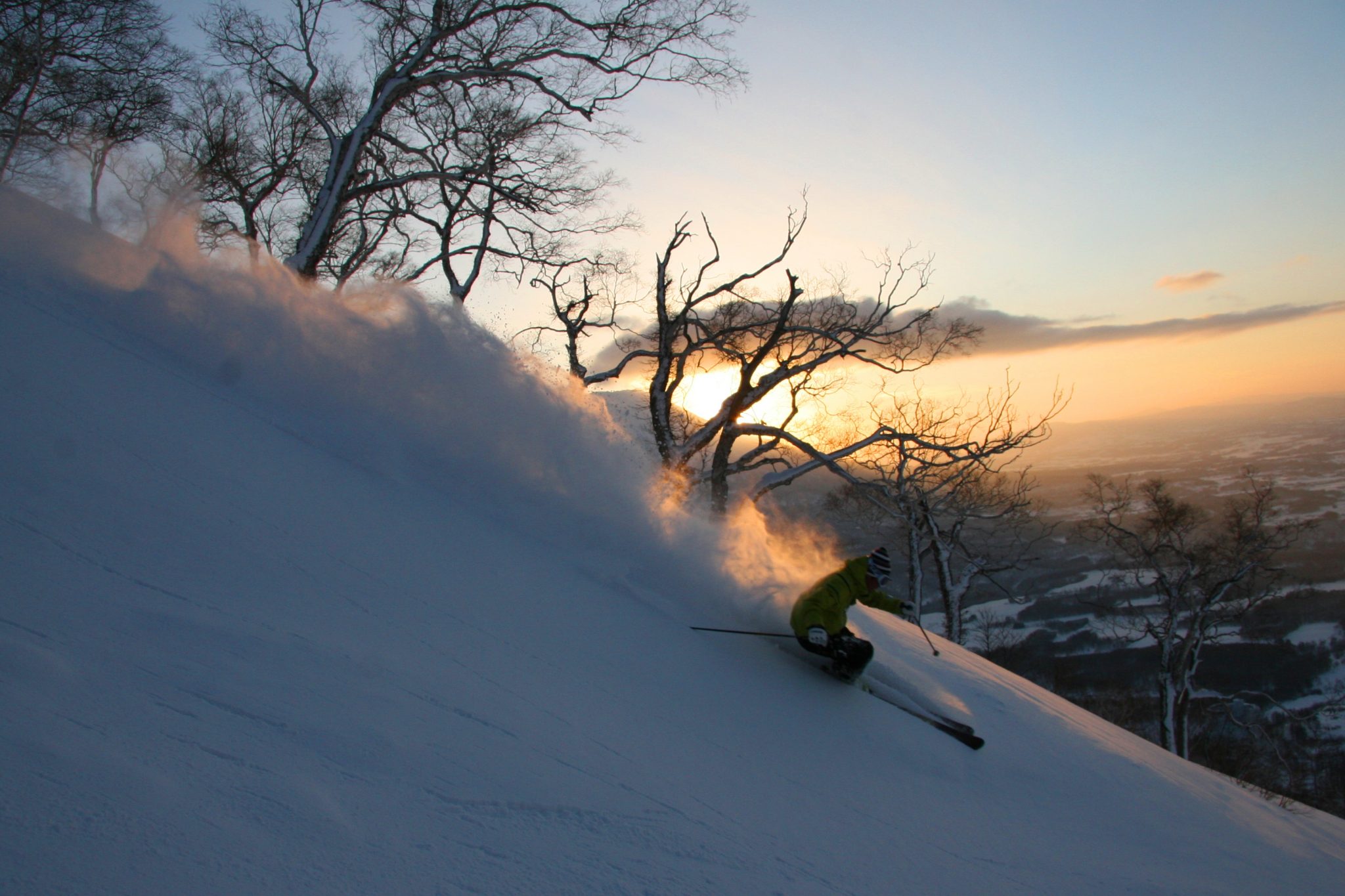
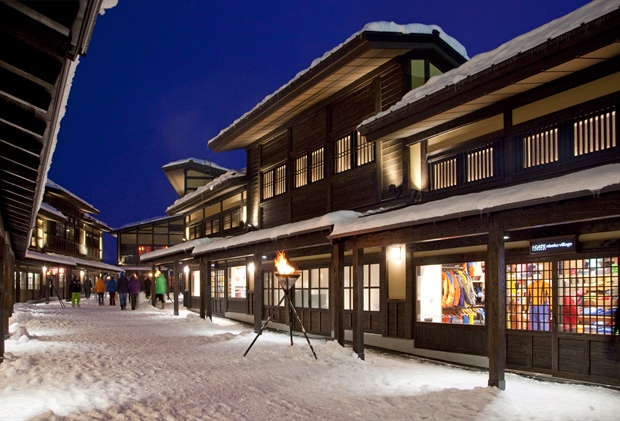
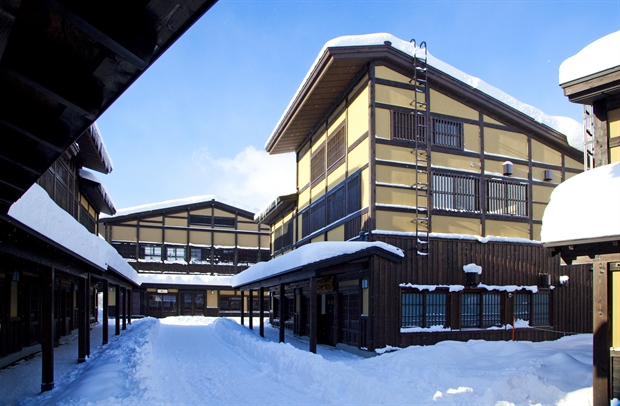
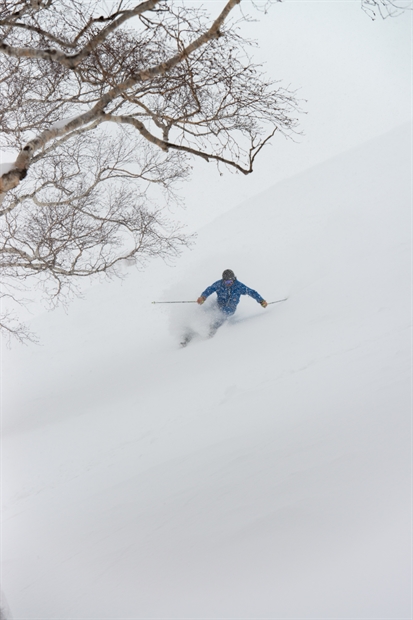
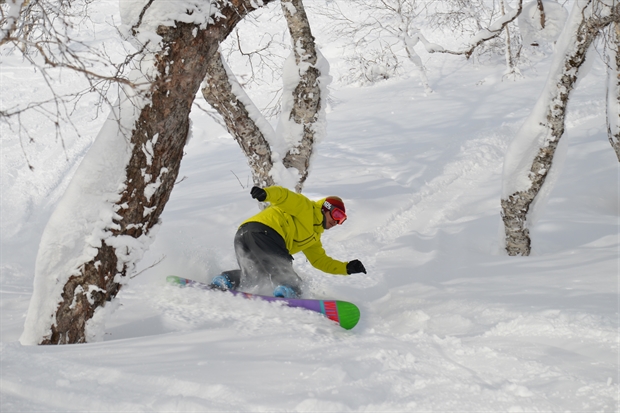
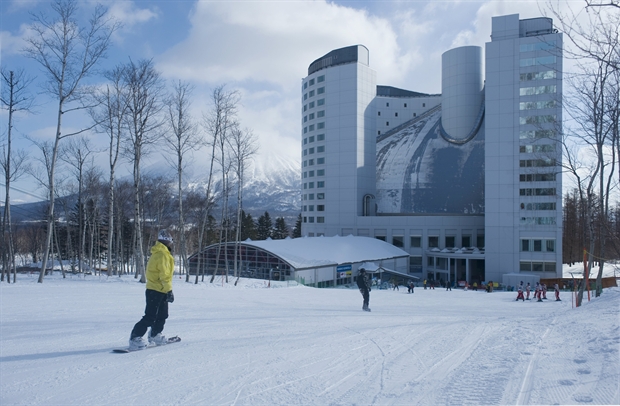
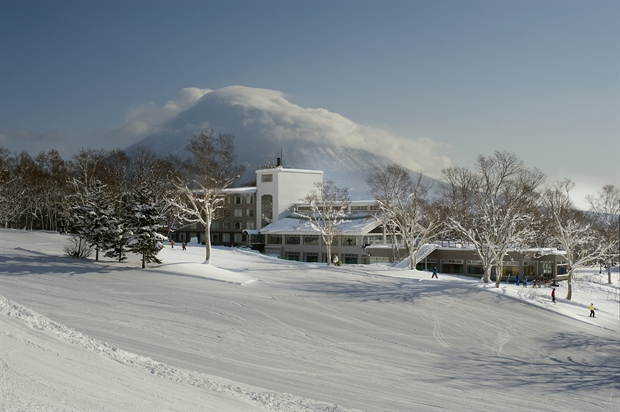
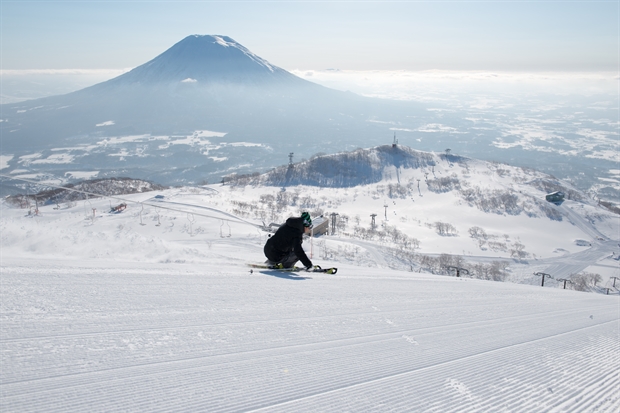
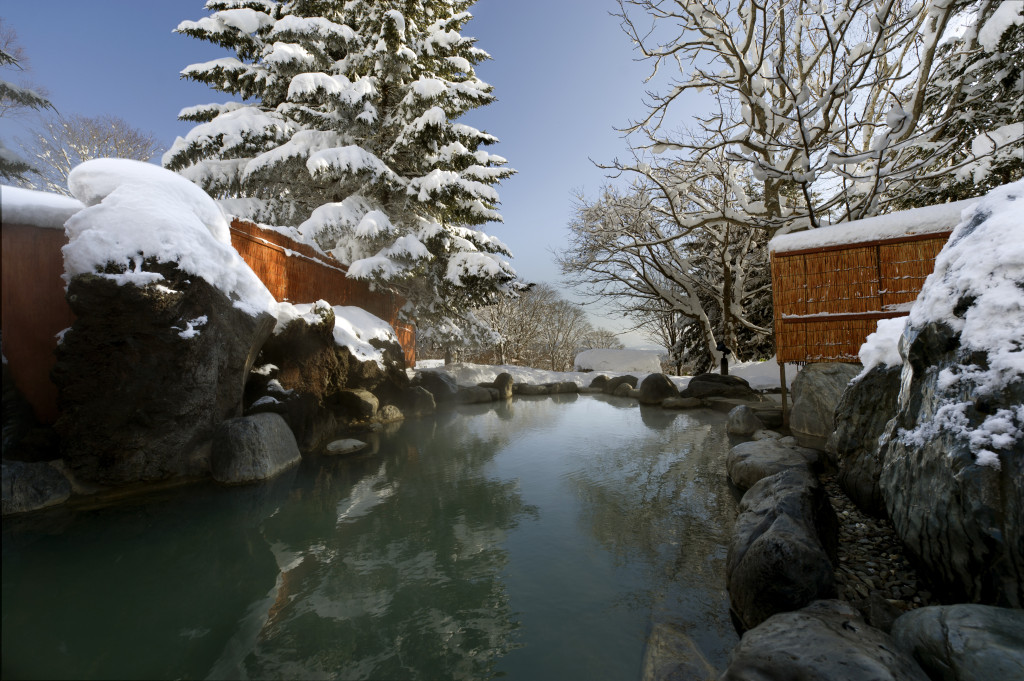
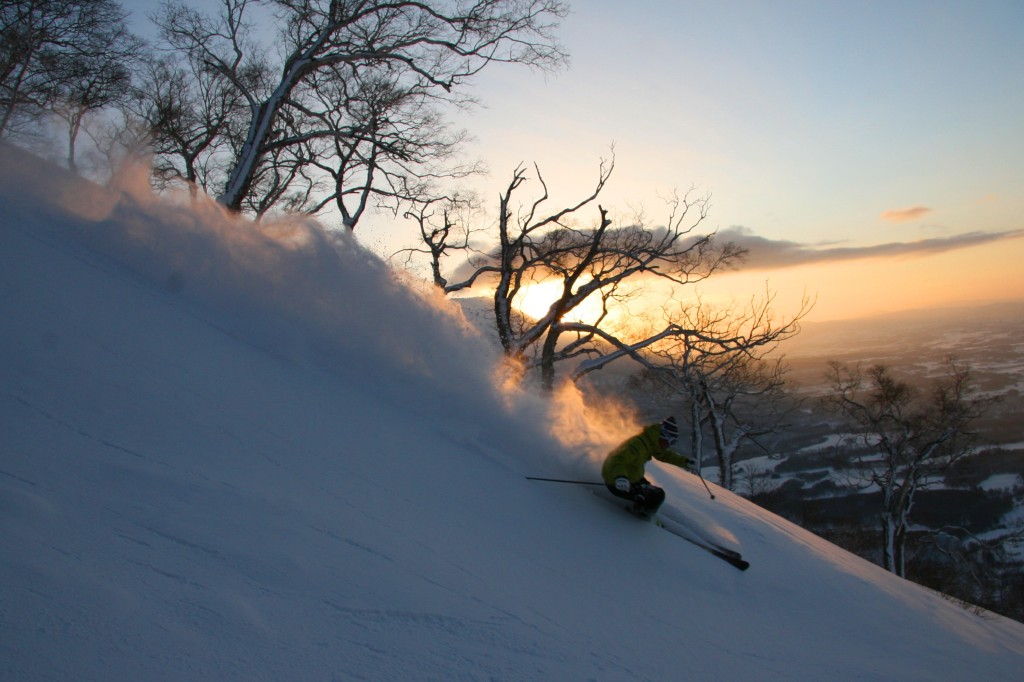






I am sure it wouldn’t be hard to find many a local resident who has done well financially out of the renewed interest in their resort. I guess sharing your onsen with a bunch a dero, beer drinking aussies is a small price to pay.